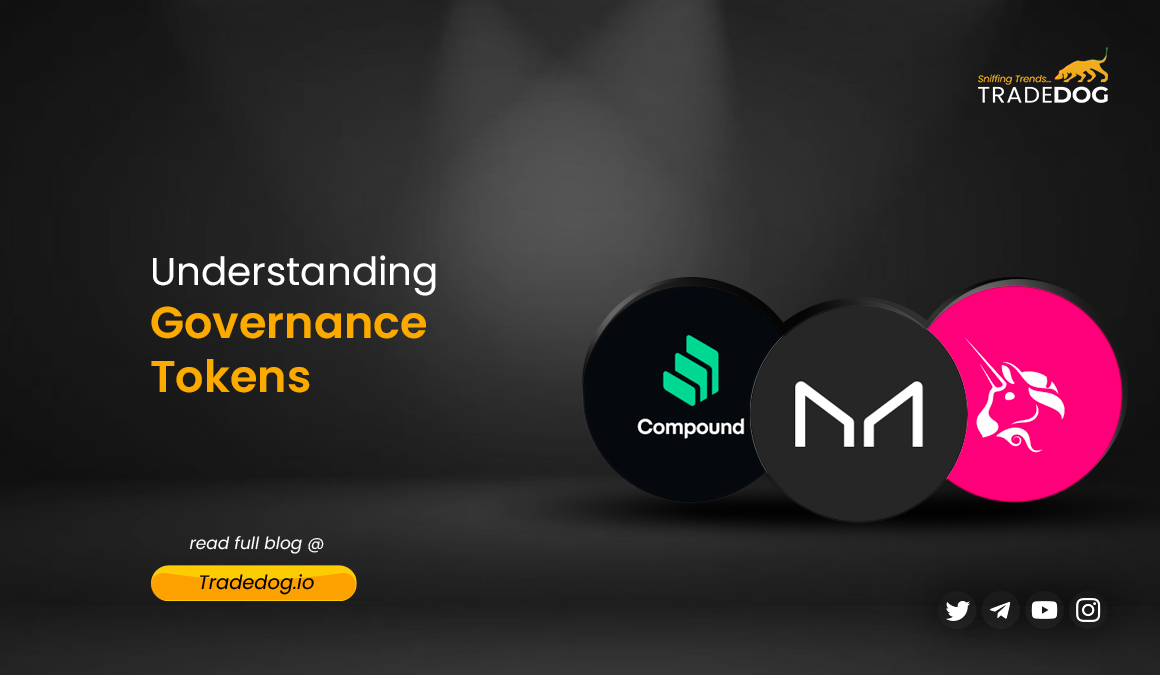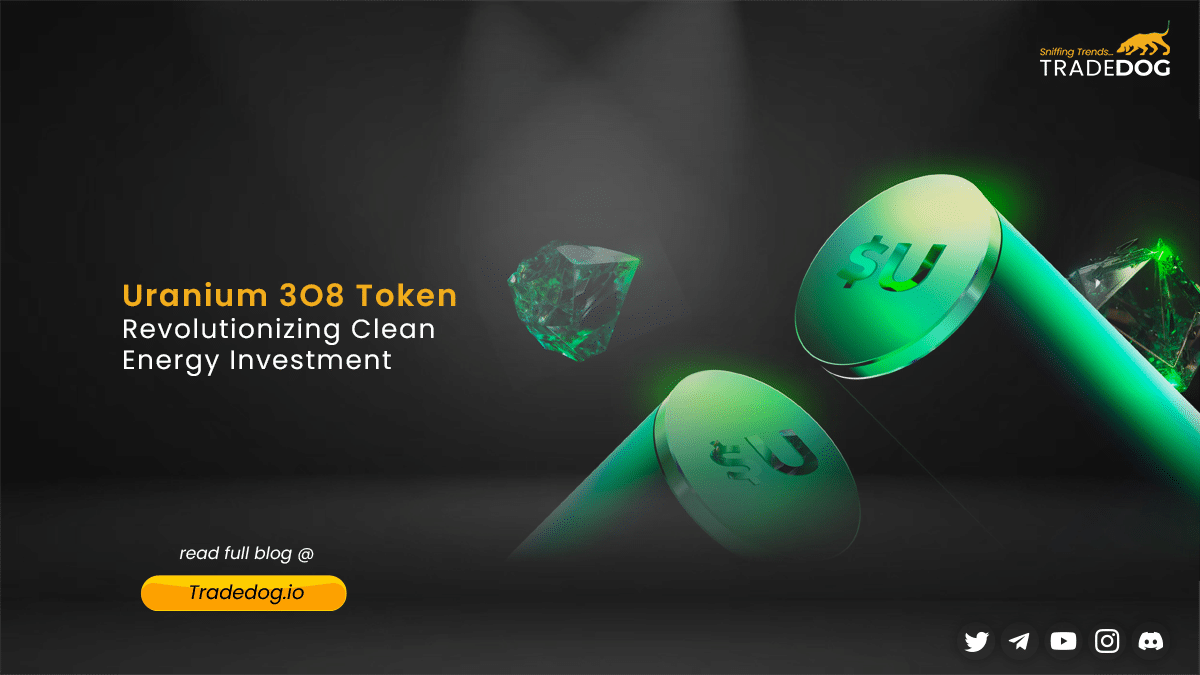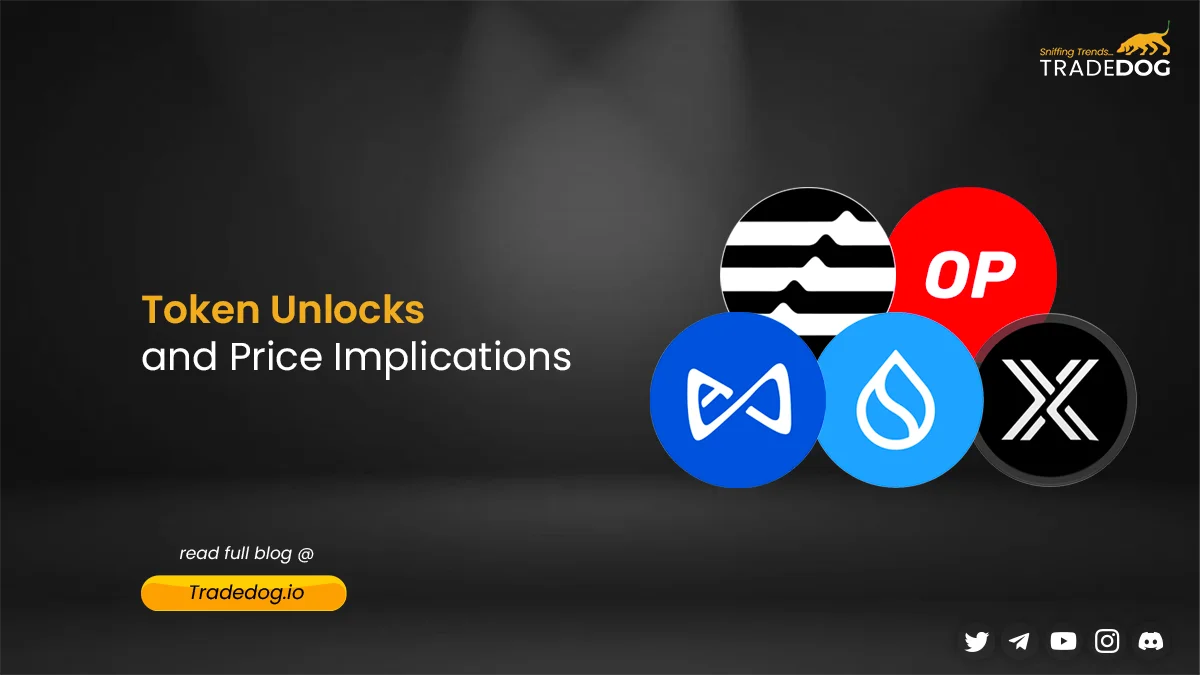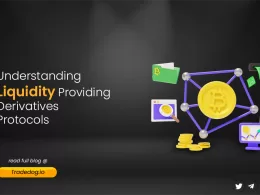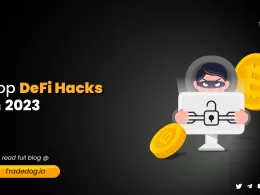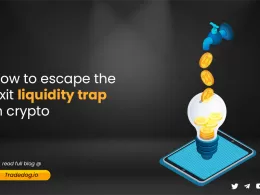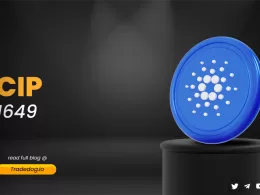Quick Links
Arbitrum is a Layer 2 scaling solution for Ethereum that aims to provide faster and cheaper transactions while maintaining the security and decentralization of the network. It uses Optimistic Rollups, a type of Layer 2 scaling technology that bundles transactions off-chain and then executes them to the Ethereum blockchain in a single transaction, reducing the overall load on the network. In recent years, there has been a surge in the popularity of Layer 2 scaling solutions, including Arbitrum, due to the increasing demand for Ethereum-based applications and the rising cost of gas fees on its mainnet. Layer 2 solutions offer a way to bypass the congestion and high fees on the mainnet, making it possible to conduct more transactions at a lower cost.
With the increase in popularity, Arbitrum launched its native token, $ARB, on 23rd March 2023, mainly for governance purposes. To learn more about the ARB airdrop, click on the link. In this blog, we will talk about the journey of ARB since its launch, its performance during the airdrop event, and recent updates in the ARB foundation that you need to know to invest smartly in ARB tokens.
The Launch of ARB Token
Airdrop Effects
Arbitrum users had been anticipating the much-awaited ARB airdrop. But on Thursday, 23rd March, users were greeted with a few unwelcome shocks when it was time to collect their tokens.
First, the Arbitrum Foundation website collapsed as soon as the claiming began, and it took almost an hour to return online. When it did resurface, the hefty gas costs prevented the majority of users from claiming their tokens. Many complaints about the entire process came from angry Arbitrum users. As a result, many hilarious memes and tweets started circulating on social media platforms.
Later, the Arbitrum community came out with an apology on Twitter and acknowledged the problems. Despite the trouble, around half of eligible ARB claimants managed to nab their share within just an hour of the airdrop’s opening.
Arbitrum-based decentralized exchange GMX became the largest single holder of ARB, receiving 8 million tokens in the airdrop. Since then, there has been a lot of movement in ARB tokens. For example, according to a tweet, the super airdrop hunter who got 933,375 $ARB sold all $ARB for 708 $ETH ($1.27M) on 30th March 2023. The picture shown below indicates the transaction made by the bounty hunter who sold his ARB
ARB Post-Launch Performance
In the weeks running up to the airdrop day, there was a lot of speculation about the ARB’s price once it launched. The value of ARB was even predicted to reach $10, which would result in the market cap going to around $10 Bn. They were right, too. ARB quickly reached its current all-time high of $11.14 after launching, according to statistics from Coinmarketcap.
And just like any other token, things went differently than planned for the project as holders rushed to sell their tokens after its launch. As a result, the time it took for ARB to drop to the $1–$2 area was only about an hour or two.
What Caused ARB Token Price to Tumble?
On 2n April 2023, Arbitrum (ARB) price dropped almost 11% when Arbitrum Foundation sold 50M Tokens For Stablecoins. According to the data from etherscan, it was found that more than $50 Mn worth of ARB tokens were sold from the 750 million ARB tokens it allocated itself. The picture below shows the number of tokens that were being sold through Arbitrum’s address, which constitutes to almost 7% of the total token supply which were held by the team.
A proposal released by the Arbitrum Foundation, named Proposal (AIP-1) revealed that from the on-chain transfer of 50 million ARB tokens, the team was planning to use the 40 million to loan it to some external financial body. Meanwhile, the remaining 10 million ARB tokens were converted to fiat and dedicated to operational costs.
Problems developed when it became clear that the Foundation had sold the tokens without first waiting for the results. The proposal was supposed to expire on April 3, and 70% of the community members had shown negative sentiments by voting “no.” As a result, there was a lot of backlash from the community, and tweets started popping up that created negative market sentiments.
Later, Arbitrum Foundation came up with a statement that said that the AIP-1 was not a proposal but a ratification, which meant that the team had already taken the decision. They were not asking their community to vote for the decision. Naturally, after this notice, more tweets started coming in that questioned the nature of decentralization in the crypto community and raised a lot of concern.
Looking to the Future
The Arbitrum network and its native token, ARB, have faced some challenges since its launch due to various factors, such as selling pressure and bad decisions by the team. However, with the increasing popularity of layer 2 solutions and the quality of projects coming onto the Arbitrum network, we expect to see a shift in the performance of ARB. As the selling pressure comes down and more projects adopt the network, we anticipate an increase in demand for the token, resulting in potential growth in its value. While the future of any cryptocurrency is inherently uncertain, the potential of the Arbitrum network and its token is something worth keeping an eye on as we move forward in the world of blockchain.






